1982: Kohanga Reo Movement
February 3, 2025
By AHNZ
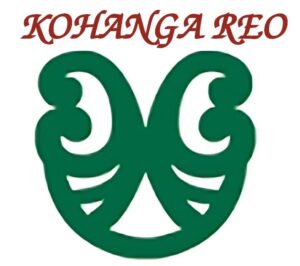 The Kohanga Reo Movement launched its first pre-schooler Maori immersion nursery in April 1982¹ at Wainuiomata. Like so many things that work and are relied upon in our Millennial era it was built by members of the Phoenix Generation. In Australian terms they are rightly called the Builder Generation and also, quite accurately, known as the Silent Generation. Kohanga Reo had a simple outlook which was that Maori language and culture was best transmitted by osmosis from a very young age so kids were gathered for a ‘total immersion’ socialisation experience.
The Kohanga Reo Movement launched its first pre-schooler Maori immersion nursery in April 1982¹ at Wainuiomata. Like so many things that work and are relied upon in our Millennial era it was built by members of the Phoenix Generation. In Australian terms they are rightly called the Builder Generation and also, quite accurately, known as the Silent Generation. Kohanga Reo had a simple outlook which was that Maori language and culture was best transmitted by osmosis from a very young age so kids were gathered for a ‘total immersion’ socialisation experience.
We had seen what had happened to the Boomers and nobody wanted that to continue. Kohanga Reo was for the last of Generation X and the first of the Millennial Generation. The Boomers had made the Second Great Migration and left behind their idyllic rural cultures to live and work in the cities. To make money. Only the exceptional Boomer Maori speaks the Maori language (eg. Hone Harawira, Tame Iti) but most do not (eg. Billy T James, James Daniels, Rawiri Paratene, Maori King 7.0,..) As always, this left the new youth generation disaffected (Culturally Dislocated) due to Identity Confusion. This led directly to the founding of outlaw motorcycle gangs and incidents, for example, such as the Haka Party Ambush (1979.)
The loudest Maori Boomers had misspent the 1970s making matters worse. They protested, the occupied, they resented. They demanded Big Brother Government supply them with whatever they were missing as like some crazy real-life Wizard of Oz drama come to life. In 1972 Maoris demanded on the steps of parliament that the language be force-taught in government schools (ref. Te Reo Maori Claim.) In 1975 Whina Cooper (ANZAC Generation) led the Boomers on a Land March to demand the Government provide external solutions to their internal problems. They ended up fracturing and fighting one another. In 1977 at Bastion Point the youth toppled a deal their elders had made and used force to try to get things their own way. By the end of the decade the Boomer tantrum had reached Extinction Burst and it was time to try something new.
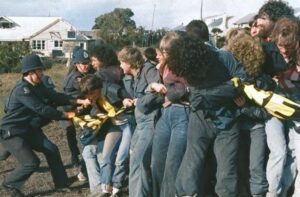 Now our Pheonix Generation took matters in hand. Iritana Tawhiwhirangi (1929-2025) was the general for The Kohanga Reo Movement, rolling it out across New Zealand until there were several hundred little ‘nests’ of learning. Kara Puketapu (1934-2023) was the man in government who got out of the way. Puketapu was the National 3.0 (Muldoon Ministry) Secretary of Native Affairs between 1977 and 1983 and his creed was called Stand Tall (Tu Tangata.) That is, a “community-based Māori development through programmes that supported cultural and economic advancement by encouraging self-reliance and self-determination.” Ref. NZ Herald (2022)
Now our Pheonix Generation took matters in hand. Iritana Tawhiwhirangi (1929-2025) was the general for The Kohanga Reo Movement, rolling it out across New Zealand until there were several hundred little ‘nests’ of learning. Kara Puketapu (1934-2023) was the man in government who got out of the way. Puketapu was the National 3.0 (Muldoon Ministry) Secretary of Native Affairs between 1977 and 1983 and his creed was called Stand Tall (Tu Tangata.) That is, a “community-based Māori development through programmes that supported cultural and economic advancement by encouraging self-reliance and self-determination.” Ref. NZ Herald (2022)
These leaders understood something quite Libertarian, even Anarchist, in its thinking. It was that government didn’t help Maoris. The State did to them what it does to everyone: exploit and hurt them. The Policy of Integration toward Maoris (ie make them like Anglo Zelandians) had been switched over to the Policy of Adaptation since 1931 (ie let Maoris be Maori.) As such, their self-determination was the plaything of The State just like everyone else’s. Ref. 1931: Policy of Adaptation
A rare exception lit the way during WW2 called The Maori War Effort Organisation. For once the people were permitted the freedom to self-organise and unify because The State had other priorities. The results were inspiring and spectacular. Iritana and Kara witnessed it as children but it was before the time of the Boomers. However, when the eternal war was done our government turned off the Maori community and economic powerhouse again since they didn’t need it and, more especially, it didn’t need them. Ref. 1942: The Maori War Effort Organisation, AHNZ
Ah, but exactly 40 years later, that girl and that boy remembered. What’s more, in 1982 they were both in a position to take action.
“Forty years ago this April, the first kōhanga reo in New Zealand opened its doors. Kōkiri Pukeatua Kōhanga Reo in Wainuiomata, and the many who followed, gave parents the choice of full immersion in Māori language and values for their pre-schoolers. The initiative was part of Department of Māori Affairs head Kara Puketapu’s Tū Tangata (Stand Tall) philosophy – community-based Māori development through programmes that supported cultural and economic advancement by encouraging self-reliance and self-determination.” – NZ Herald (2022)
“We got into what I call organic policies—policies that actually came up from the people … Out of all that dynamic was born Te Kōhanga Reo.” – Tawhiwhirangi, NZ History.govt
“It was actually a Māori movement and it worked amazingly. It was exciting. When you take people’s lives and let them know they’re important, when you get their support and give them responsibility it’s a whole different approach.” – Tawhiwhirangi, Dame Iritana Tāwhiwhirangi ‘very unwell’, ‘doesn’t have much time with us’, Stuff (24 January, 2025)
“Tāwhiwhirangi said Kōhanga reo in its first years was never viewed as being an early childhood education movement.” – ibid
“Senior women prominent in the Maori Women’s Welfare League created the idea of kohanga reo, organised as pre-schools to nurture and save the Maori language. Kohanga reo mushroomed from 1982, outpacing officials who rushed to draft the necessary policy and regulations.” – A Concise History of New Zealand (2011)
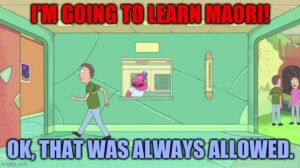 In the beginning the Kohanga Reo Movement was not government at all and not even Early Childhood Care & Education (ECCE.) Like all good things, the government saw something was working, took over, claimed credit for things it was barely involved with, and had actively impeded.
In the beginning the Kohanga Reo Movement was not government at all and not even Early Childhood Care & Education (ECCE.) Like all good things, the government saw something was working, took over, claimed credit for things it was barely involved with, and had actively impeded.
Instead of going to government the Movement went “straight to the whanau,” realising that Maori themselves had to take self-responsibility for their language themselves from the beginning of a child’s life.
“We realised we had to stop expecting the Government to revive the language and make it safe; Māoridom had to do it themselves. We’ve got to get these children at birth and their families,” Tāwhiwhirangi said. Puketapu did the best thing a government bureaucrat can ever do: he kept out of it. Muldoon’s man allowed organic policies to emerge from the very people whose culture, heritage, and language it was rather than inforce that top-down control the Boomers had sought.
Te Kohanga Reo was based on the principles of a family (“whanau”) style of working with only minimal start-up grant funding only and even then with the ultimate goal being self-sufficiency. A limited support role for the Department of Maori Affairs. Ref. nzhistory.govt.nz
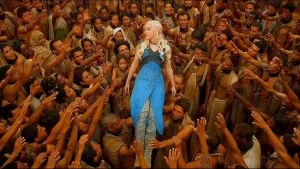 The first threat came with David Lange’s Labour 4.0 Government. The Prime Minister also became Minister of Education (1987) and seemed confused at the great success unfolding. What magic was this? he asked. “I don’t use magic, I just told them how important they were.” replied Tawhiwhirangi. “I’ve never seen myself as fixing anybody’s life, I think it’s arrogant. Any skills that we have should be used to help people stand taller.” Ref. Stuff (2025)
The first threat came with David Lange’s Labour 4.0 Government. The Prime Minister also became Minister of Education (1987) and seemed confused at the great success unfolding. What magic was this? he asked. “I don’t use magic, I just told them how important they were.” replied Tawhiwhirangi. “I’ve never seen myself as fixing anybody’s life, I think it’s arrogant. Any skills that we have should be used to help people stand taller.” Ref. Stuff (2025)
Such an attitude, need we repeat, is much at odds with the Boomer Truth Paradigm of holding outrageous Luxury Beliefs and Virtue Signalling absurdities for their own arrogance. The Purity Spiral competition to pursue this, which Rousseau called amour-propre, led to the Wokester Outrage Industrial Complex of the 2020s. Iritana Tawhiwhirangi was saving her people without government help for real many years before Debbie Ngarewa-Packer bought her own sunbed…
Kohanga Reo was a great success, outpacing the government officials whose role it is to regulate and policy-whip successful policies into abeyance. David Lange’s educational Nazgul, Anne Meade, was axiomatically a Statist and one of the principles of The Meade Report (1988) was that family/whanau are “a myth.” Lange had lost his grip on being a Commie in social policy and economic policy but he was going to have her way in education! Meade told Lange and Lange told New Zealand that Big Brother must control early childhood. This was going to be a problem for the era of Iritana Tawhiwhirangi. Ref. Education to be More, AHNZ
“I found the most frightening speaker of all to be Dame Iritana Tawhiwhirangi from the Kohanga Reo National Trust Board. Among other things, she said, “The benefit system is unjustified in many instances,” and that what is needed is an “internal fixit strategy…gaining access to whanau homes is the key.” The vision that this represents is one that I imagine sends shudders up the spines of many Maori..” – Sue Bradford, Scoop (2010)
“…81 year-old head of the Kohanga Reo Trust, Dame Iritana Tawhiwhirangi, gave a blinder about more money not being the answer to Maori problems.” – Lindsay Mitchell (2010)
“By 1985, over 500 kohanga reo were operating, largely funded by parents; this number peaked in 1993 at 809 and has fallen steadily since to reach 513 in 2004. In 1985, the Department of Education took over supervision of pre-school facilities as recommended in the 1981 report. In 1988, it commissioned a further report on day care. Education to be More, usually called the Meade Report after its author Anne Meade, recommended that all day-care centres, private or public, be controlled by boards of trustees and that the method of funding be changed.” – Bateman New Zealand Encyclopedia (2005)
Question to AHNZ: Did it work?
Answer: It worked like a rocket, perfectly. Except that a government took over the program and they landed on the wrong planet. [paraphrasing Wernher von Braun]
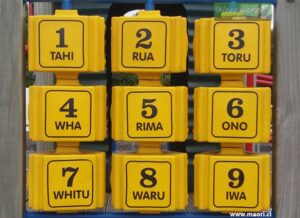 The number of Kohanga Reos peaked in 1993 with 809 centres. However the State’s grip tightened and those officials, the clipboard Stasi goons, had now caught up with Maoris on the loose. The number of outlets has steadily declined so by the mid-2020s they are in the mid-2020s. Like other citizens, the Maori does not thrive in captivity. Iritana Tawhiwhirangi had been trying to tell us this for 40 years.
The number of Kohanga Reos peaked in 1993 with 809 centres. However the State’s grip tightened and those officials, the clipboard Stasi goons, had now caught up with Maoris on the loose. The number of outlets has steadily declined so by the mid-2020s they are in the mid-2020s. Like other citizens, the Maori does not thrive in captivity. Iritana Tawhiwhirangi had been trying to tell us this for 40 years.
A culture, to be alive and reproduce itself, must be the responsibility of its members. It cannot be plugged in to government welfare life support. Turning Maoridom into part of the State apparatus is the most hateful thing anyone can do. It is a statement that the culture is too weak and non-viable to survive on its own unless it is made into a victim. And, it estranges people from their own individual heritage and humanity so that others can take a (usually well-paid in money and social status) ego trip for their own narcissistic grandiosity.
The initial success of state programs is owed to the gathering of excellent people who were competent in a non-regulated laissez-faire field. For a little while they do very well but the rot is already setting in as soon as they become part of The State. How many times do we need to re-learn that? The same happens every time from Massey Agricultural College to NASA’s early success. Or a newly founded school, a new scientific foundation, the making of doctors and nurses a State profession, etc. etc. Government clipboards and lanyard-wearers cling on like saprophytes and propagate until a once healthy organism is beyond its parasite carrying capacity.
Thidwick the Big-Hearted Moose (1948) spells this out very well. It was written for a Silent Generation kid audience which included Iri Tawhiwhirangi and Kara Puketapu. If you haven’t read it then the short version is this: Moose gets sick of being exploited and shrugs all the little twerps trying to govern him off in all directions!
That was Kohanga Reo.
—
1 On 2 April according to some sources, 13 April say others
Image ref. Maori numbers, maori.cl, pinterest.com
Image ref. Logo, twswa.org.nz. AHNZ enhanced (2025)
2 thoughts on "1982: Kohanga Reo Movement"
Leave a Reply
 Like Comment Share
Like Comment Share
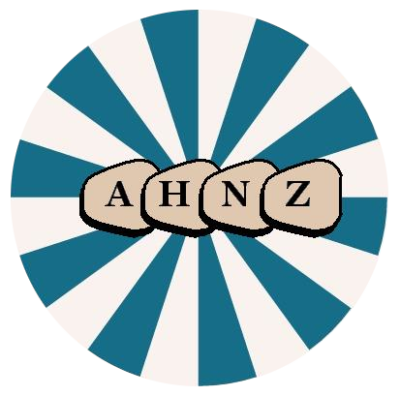
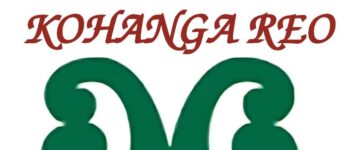
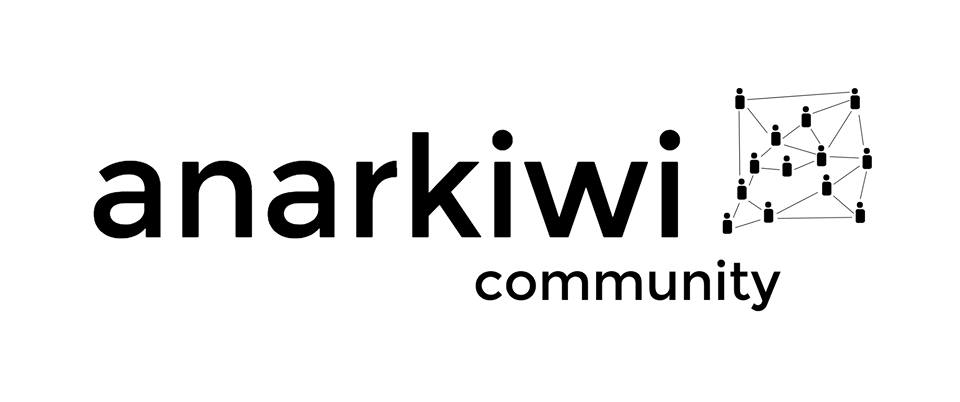



Of course, once taxpayer money is involved along with the principle of ‘active protection’ as required (allegedly) by the ToW, then officials with clipboards and Key Performance Indicators are necessary and unions can control entry by insisting on academic credentials as a prerequisite for delivering outcomes. Apart from insisting that funding belong to the individual child and his/her parents, I don’t know what the answer is to ensuring that parents have control while requiring minimum outcome standards.
Funny game, government. The only way to win is not to play in the first place!